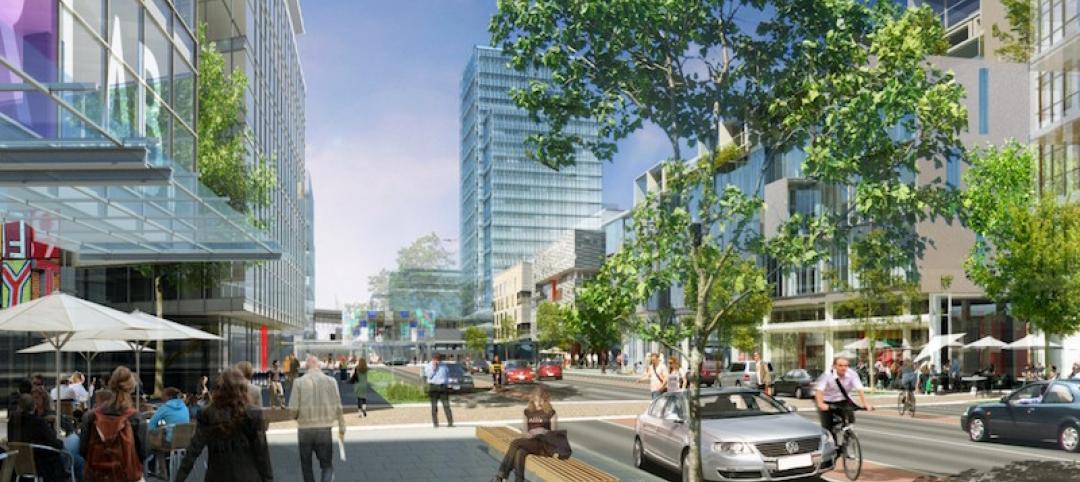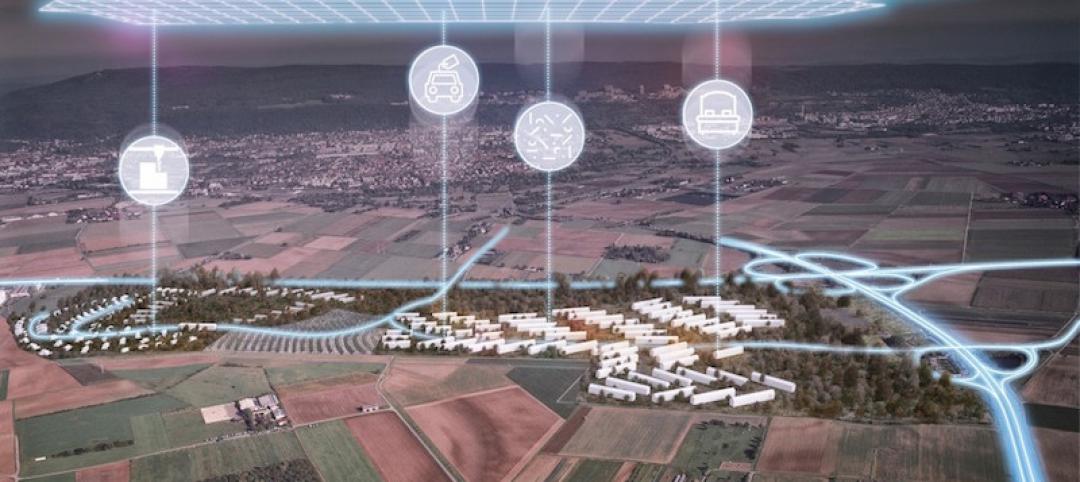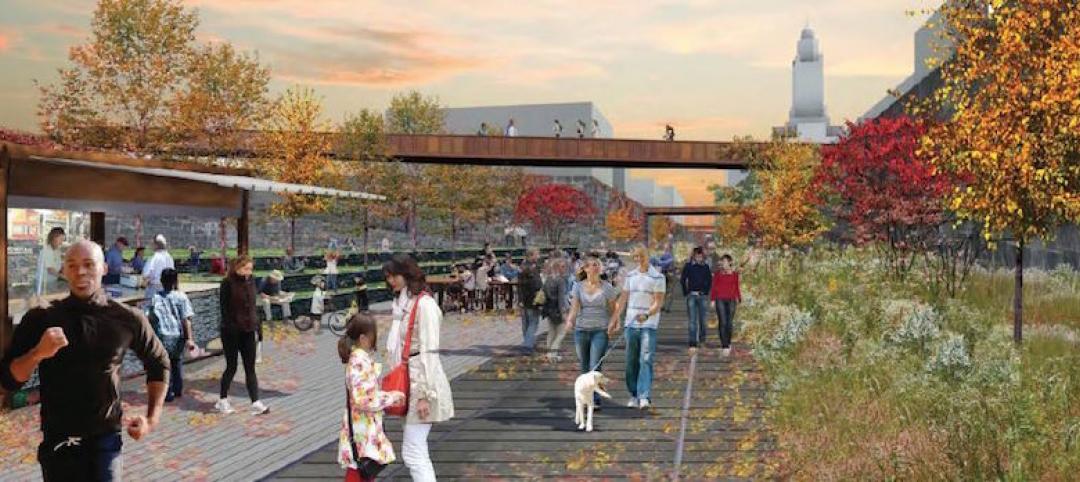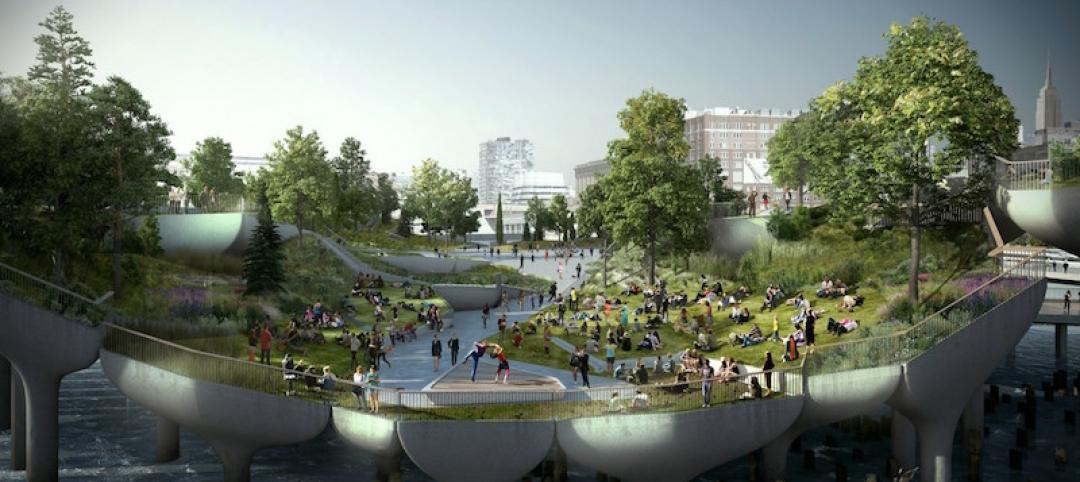Immigration policies have been front and center during this election year as candidates and citizens alike have thrown out their ideas for the best approach to the issue. And now, an architecture firm has put forth its own idea for how to solve the contentious problem surrounding country borders.
As ArchDaily reports, fr*ee, an architecture firm founded by Fernando Romero, has come up with the idea of creating a binational city on the border of the United States and Mexico. The city would be conducive to both sides of the border, use tools of enterprise such as special economic zones, and blend the cultures of each country to create something entirely new and unique.
The ‘border city’ would be situated in New Mexico, Texas, and Chihuahua, an ideal location thanks to the new inland port of Santa Teresa, the I-10 highway, the seven existing border crossings, and the population of the area totaling over 100 million people, meaning an introduction of a new city would actually be feaasible.
The masterplan for the project was unveiled at the London Design Biennale between Sept. 7 and Sept. 27. The concept has been designed so it is transferable for other binational cities around the world, but a specific city in a real world locale was needed in order to properly create the masterplan.
For more information go to fr*ee’s website or watch the video below.
Related Stories
Urban Planning | Mar 31, 2017
4 important things to consider when designing streets for people, not just cars
For the most part what you see is streets that have been designed with the car in mind—at a large scale for a fast speed.
Urban Planning | Mar 14, 2017
Denmark-based architecture firm gives China the world’s longest elevated bike path
The Xiamen Bicycle Skyway stretches for 7.6 kilometers throughout the central part of the city.
Urban Planning | Feb 9, 2017
Abandoned WWII-era military village to become 'commune for the 21st century'
The village in Heidelberg, Germany, which 16,000 Americans called home at one time, is being redesigned as a commune for up to 4,000 people.
Green | Feb 6, 2017
A to Z: Seoul’s elevated park features 24,000 alphabetized plants
The plants will represent 250 species found in South Korea.
Urban Planning | Jan 17, 2017
Using 'hidden data' to probe urban problems
The Center for Neighborhood Technology has been tackling poverty, housing, transportation, and environmental issues for four decades.
Architects | Nov 11, 2016
Six finalists selected for London’s Illuminated River competition
The competition is searching for the best design for lighting the bridges of central London.
Building Tech | Nov 9, 2016
Dubai to Abu Dhabi in 12 minutes: A hyperloop from Hyperloop One and BIG could make it possible
The pods can reach speeds of up to 1,100 kilometers per hour.
Urban Planning | Nov 4, 2016
Rail Park breaks ground in Philadelphia
The project is finally moving forward after nine years in the making.
Urban Planning | Oct 27, 2016
Paris plans to transform the right bank of the river Seine into car-free pedestrian zone
Drivers are worried the move will cause an increase in traffic congestion.
Urban Planning | Oct 27, 2016
The lawsuit blocking the construction of Pier 55 has been thrown out
Construction on the $130 million project can now proceed as planned.

















